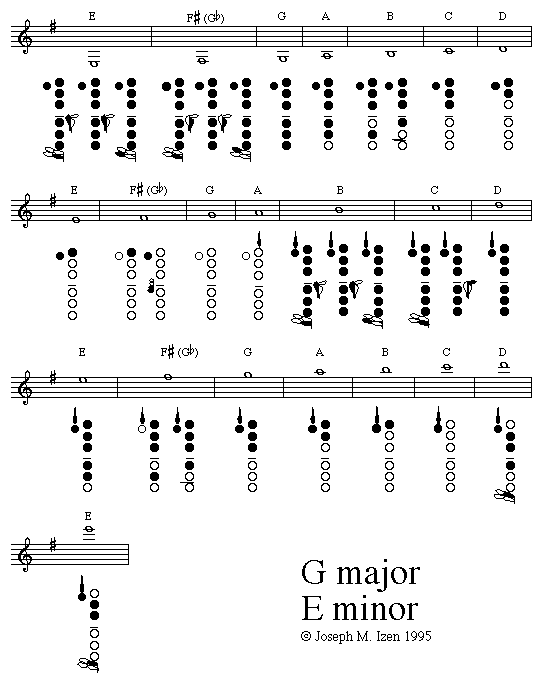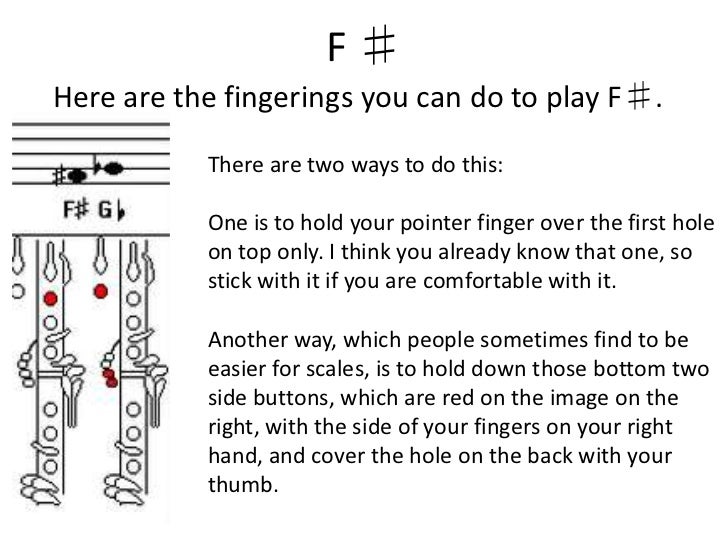

Stating the instrument tuning is primarily necessary to designate the required variant since there are several to choose from (in clarinet case in descending order of demand: b flat, a and e flat). Note also, that notation conventions are not permanent, so tympani were once notated transposed, but are no longer today.

While it is true, that one could detect the necessary variant of a non-transposing instrument by analyzing the notated range, this requires detailed knowledge and is still error-prone. In other words, the head of one drum is stretched such that hitting it produces an F the other, a C and the last, an A.įor reasons I don't quite understand, all answers up to now refer to transposing instruments, which seems more like a coincidence than the real cause. When it comes to the timpani (Pauken), each individual drum is just tuned to one of those three pitches. So, a little test for you, if you want (put your cursor over the blank answer): if a Trumpet in D plays an E♭, what pitch will it sound like? Since this is a major second lower than written, we know that their written B♭ sounds like an A♭. But the rule is still the same: when a B♭ Clarinet plays a written C, it sounds a B♭. This is because of the German tradition that B is B♭ and H is B♮. So these horns that start off on a written E♭ are actually sounding the A♭ below it. From this we realize that the Horn in F sounds a perfect fifth lower than it is written. In other words, when a Horn in F plays a written C, it sounds its name, or F. When a transposing instrument plays a written C, it sounds its name.

For various historical reasons, these instruments are written in keys different than how they sound. Some instruments are what we call transposing instruments.


 0 kommentar(er)
0 kommentar(er)
